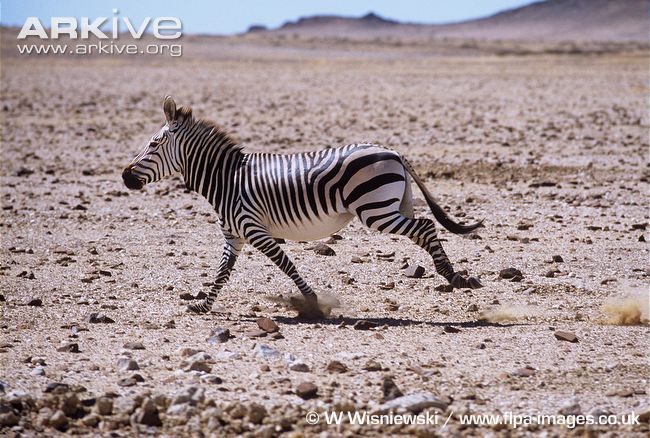Shifting Baselines, Refugees, and Conservation: Can we Identify and Predict Declines?
Dr Susanne Shultz
School of Earth and Environmental Sciences
The University of Manchester
Dr Shultz has worked on social evolution in primates, fish, and cetaceans and has a background in anthropology. She also has a PhD based on Ecology and Evolution and has worked as a Conservation Biologist with the RSPB.
Her seminar covered two main areas about her current projects;
-
To understand how we can better predict declines
-
To develop tools that can enable us to understand how we can manage endangered species, particularly those in fragmented habitats.
Over the years, the amount of land being protected or conserved has increased manifold to reduce the loss of biodiversity. However, despite these land protection acts, the rate of extinction is surprisingly still on the rise.
Dr Shultz explained how the conservation of inferior land has led to many animals living within a Refugee Species Concept, where a species is pushed from its historic optimal habitat into a new one that is undesirable.
The areas that are pristine, and untouched, and natural are those areas that have low economic value for people.
One such refugee species is the Cape Mountain Zebra (Equus zebra zebra).
The Case of the Cape Mountain Zebra

The smallest and most geographically restricted of all existing zebra species, this striped equid is currently listed as Vulnerable by the IUCN Red List.
Subjected to urbanisation, these iconic animals were pushed to the very brink of extinction, and were brought back thanks to conservation. However, many conservationists, including Dr Shultz noted that even with increased numbers, most the Cape Mountain Zebra was still suffering from high levels of stress and were not reproducing quickly enough.
The culprit, conservation of these zebras on land that was not optimal for them. Once found along large expanses of coastal grasslands, the Cape Mountain Zebra were now living in thorny scrublands which do not provide adequate sustenance, thus resulting in low birth levels, and extreme stress.
However, armed with the new knowledge of the zebras’ historic range and environment, conservation biologists such as Dr Shultz and her team can target areas that are suitable for the Cape Mountain Zebra and start relocation projects to these optimal areas. With that shift being down, perhaps the downward trend in the extinction crisis can then be successfully reversed.
Reflection

While habitat fragmentation is a concept I am familiar with, conservation of areas poor in diversity to make up for habitat loss was new to me. The extinction crisis is a very real threat to many species around the world, and the risk is not declining even with land protection, and habitat conservation.
Through the case study of the Cape Mountain Zebra, I have also discovered the importance of conducting a historical study to know more about a species’ biology and historical range and habitat. With anthropogenic disturbances becoming common, more species are at a risk of being refugees in substandard habitats and would continue down the extinction path unless measures are taken to protect their optimal habitats.
With more organisations carrying out proper studies and mitigating damaging effects on endangered species, the downward trend of extinction baselines can be hopefully reversed.



